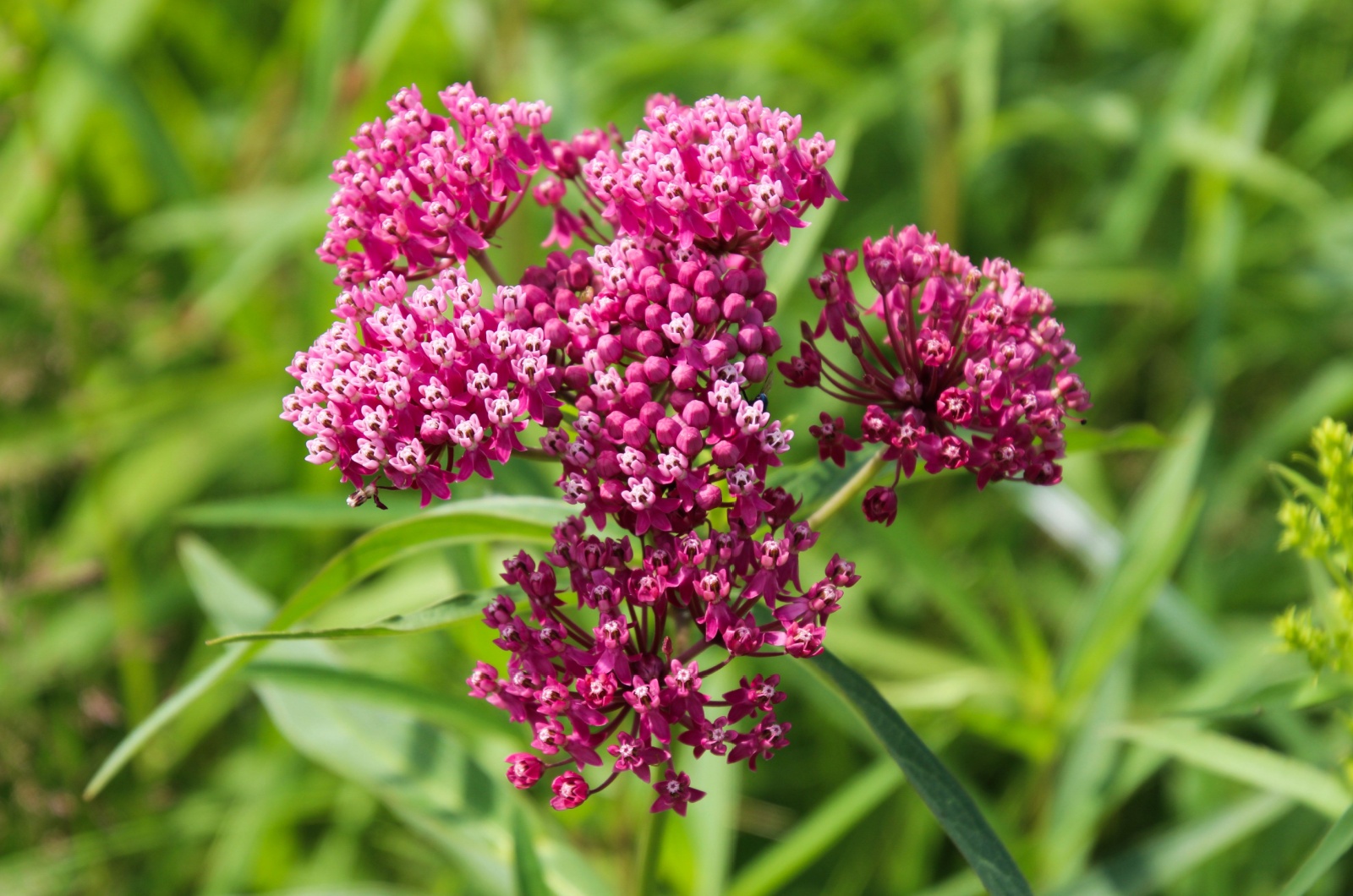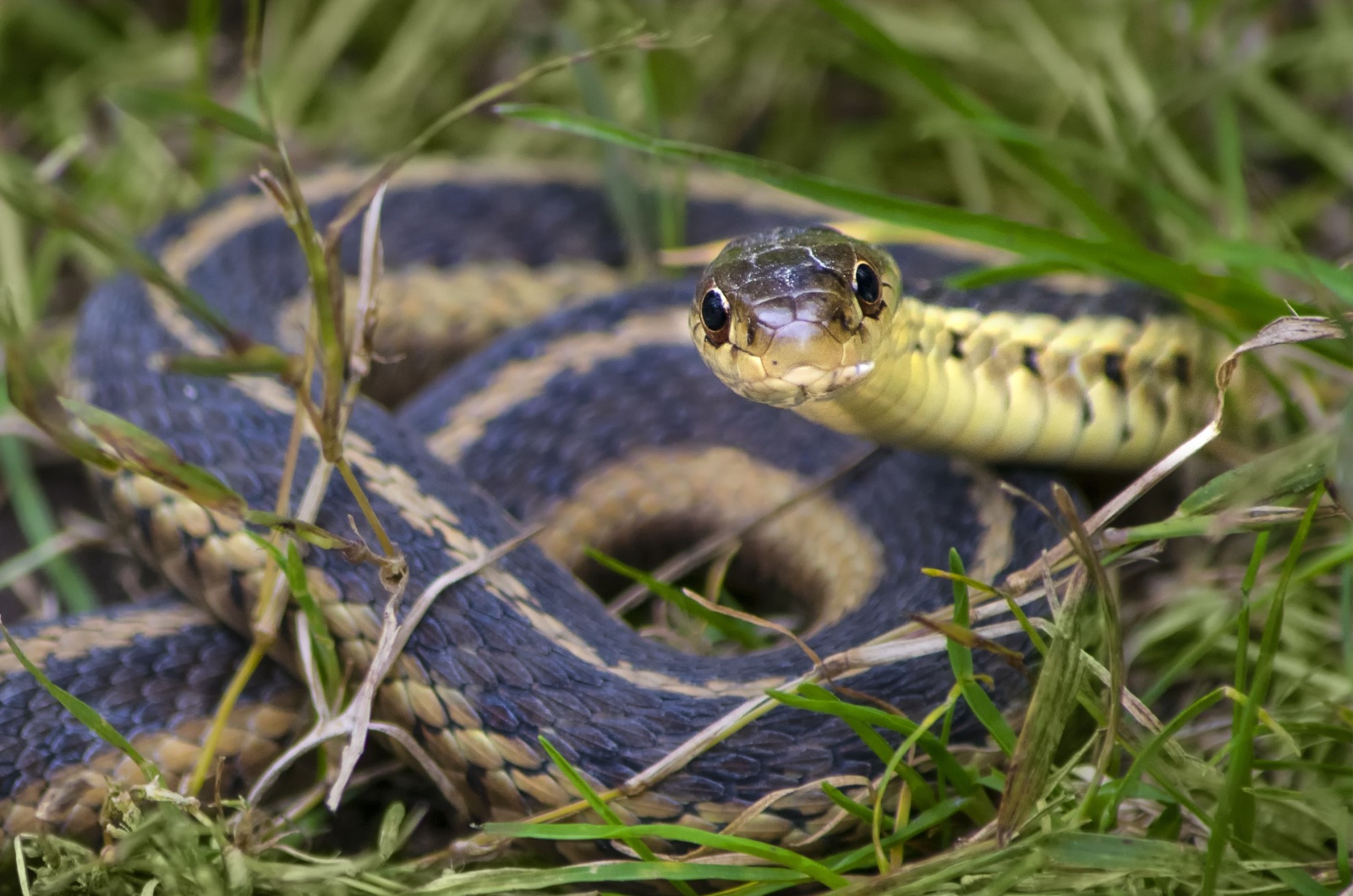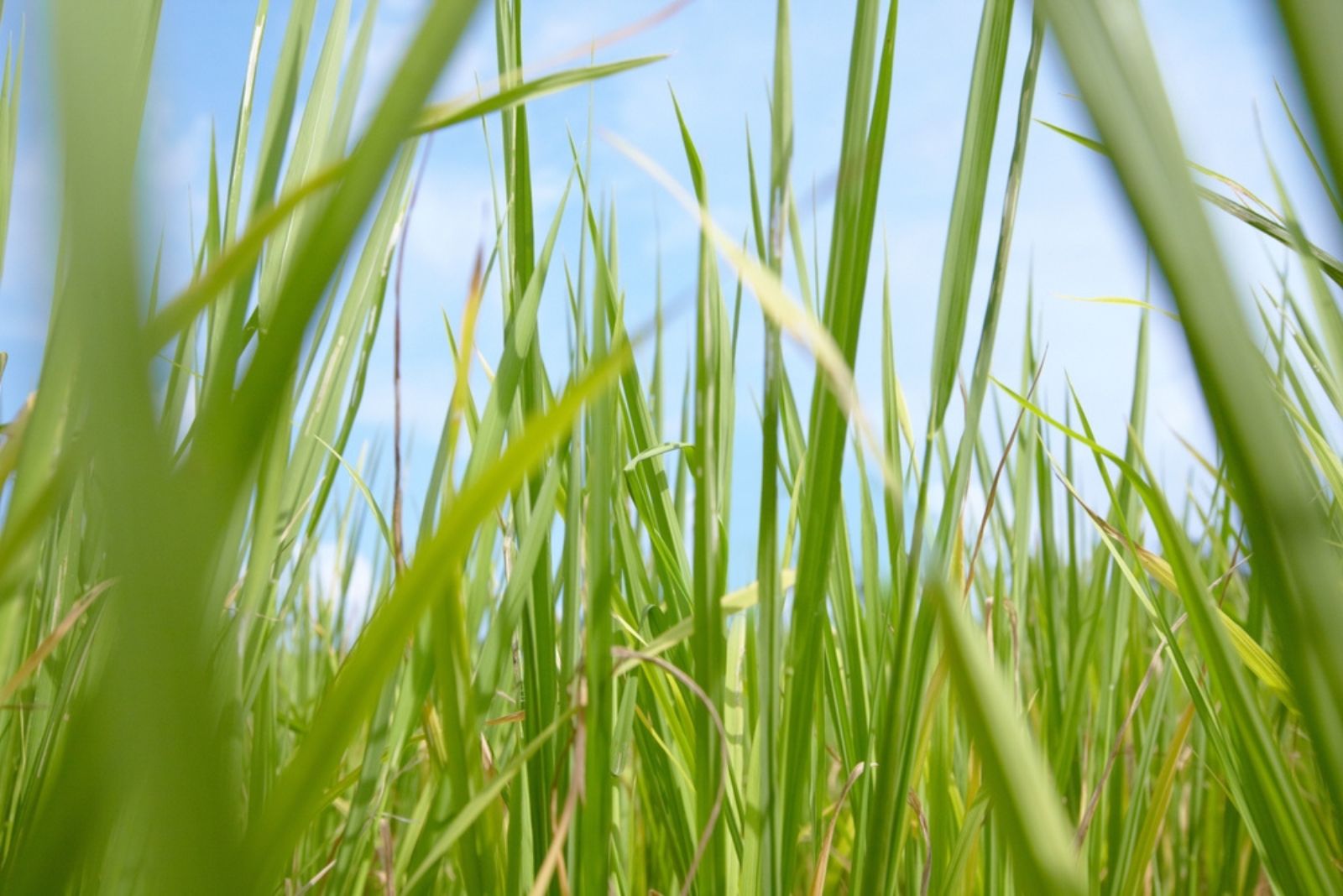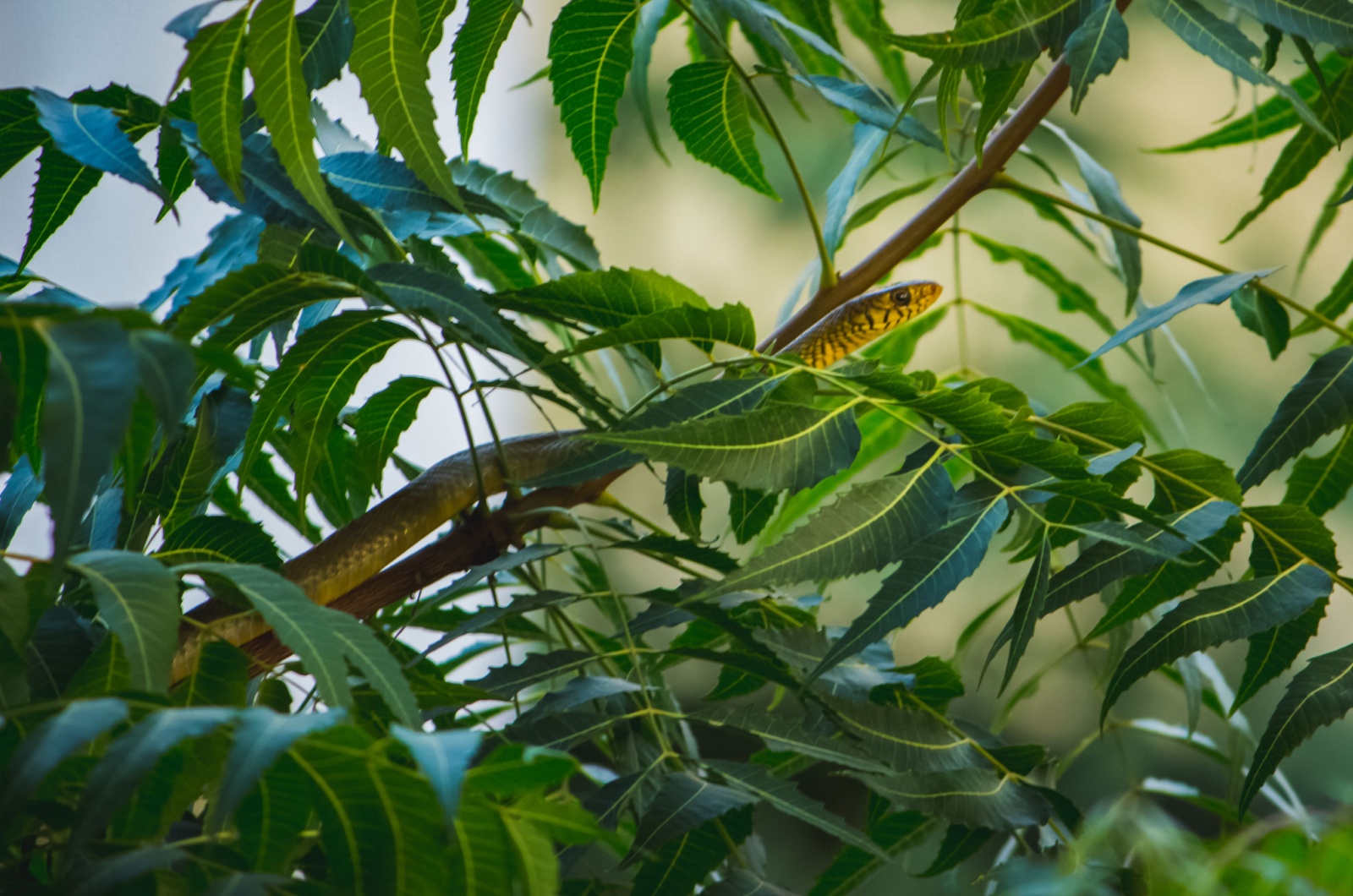Here’s a fun fact about me: I’m absolutely terrified of snakes. Seriously, the moment I spot one in my garden, I am out of there.
Imagine my horror when I discovered that some of my beloved plants were actually attracting these slithery creatures. Yep, those charming plants that I thought were decorating my garden were actually welcoming something awful!
Curious to know which plants might be turning your garden into a snake magnet?
I’ve done the legwork (and the sprinting) so you don’t have to. Keep reading to find out which plants might be causing you more than just a fright and how to keep those sneaky snakes far away from your garden!
Milkweed Is A Butterfly Magnet That Might Also Lure Some Sneaky Snakes
Milkweed is a favorite among butterfly lovers because it attracts those lovely pollinators to the garden. But, if you’ve got milkweed in your yard, you might have noticed a few unexpected guests.
Besides overwatering (a common milkweed issue) and plant-killing beetles, your garden might also attract some other critters like snakes, birds, and frogs.
However, it’s not necessarily the milkweed flowers that these creatures are after – they want all those insects that are drawn to the milkweed!
Grass snakes, for example, are known to climb milkweed branches, munching on bugs and grasshoppers along the way.
Luckily, I don’t have milkweed in my garden. But for those of you who do, you can surround it with natural snake repellents, such as marigolds, lavender, eucalyptus, daffodils, and herbs like basil and rosemary.
All of these plants have strong scents that can ward off snakes and other rodents and insects that snakes like to prey on.
If you want an alternative to attract butterflies, read this: Start Your Own Butterfly Garden With These 13 Alluring Plants
Citrus And Other Fruit Trees Are Snakes’ All Time Favs
Planting fruit trees can bring fresh, delicious fruit right to your yard, but they might also bring snakes – that’s where I draw the line, which is why you’ll never catch me growing citrus trees in my yard.
Snakes don’t exactly like to eat oranges and lemons, but they do like to prey on rodents (mice or rats) that hang around fruit trees.
Don’t worry, though – you don’t have to give up on fruit trees (I did, but you don’t have to!).
All you need to do is make a few garden changes. For example, rodents have favorites like citrus and fig trees, while they’re less interested in peach, apple, or plum trees.
If you’re choosing fruit trees, consider how sweet and big the fruit is, as that tends to attract more rodents and, consequently, more snakes.
To keep the critters away, try using metal tree guards to stop those tiny rodents from climbing up the trunks. And make sure to pick up fallen or rotting fruit right away to avoid attracting those slippery creatures.
Related: This Amazing Plant Creates An Aromatic And Physical Barrier To Keep Snakes Away
Snakes Love To Munch On Berries And Other Small Fruits
I’ve found that rodents aren’t just fans of big, sweet fruit trees – they’ll also munch on smaller berries like raspberries and blackberries.
And where there are rodents, snakes might also show up hoping for an easy meal or a place to hide (honestly, I can’t blame them).
To keep both rodents and snakes out of your garden, here’s what I did: picked up any fallen fruit and cleared out rotten berries. I trimmed berry bushes to remove any hiding spots for snakes, and did a quick check for any sneaky snakes before picking berries.
Then, I switched from using mulch and pine straw to small river rocks in my garden because mulch can be a perfect hiding place for snakes.
I also use rodent-repelling scents around my plants, which helps keep both the rodents and the snakes away.
Tall Grassy Plants Are The Perfect Hiding Spots For Them
Snakes are drawn to areas where they can easily find food and hide. They love tall grasses, which provide perfect cover from predators like hawks and owls and also give them a cozy spot to ambush rodents and other prey.
Grasses such as buffalo grass and cattails are ideal since they offer both shelter and camouflage.
If you spot these slippery critters in your garden, take a look at the tall grasses and consider removing or replacing them. Swapping them out for lemongrass can be a great move.
Lemongrass is tall and has a strong smell that snakes supposedly avoid. Keeping your lawn well-maintained also helps; snakes are less likely to venture into short grass, where they’re more exposed.
Related: Here’s The Lawn Care Mistake That’s Bringing All Those Snakes To Your Yard
Though They Also Like To Hide Among Creepers And Vines
Certain vines and creepers, just like tall grasses, can provide snakes with excellent hiding spots.
Ivy and wisteria are prime examples. These plants give snakes the perfect cover from predators and can even aid them in hunting for prey.
Plus, wisteria’s low-hanging branches make it easy for snakes to slither around and access different parts of your garden.
If you’re dealing with a snake problem, start by keeping those vines and creepers well-trimmed. Make sure there’s a clear space of 24 to 36 inches underneath trees to reduce hiding spots.
You might also want to avoid planting wisteria or similar vines near your garden if you can’t keep up with regular pruning.
I’ve done all these things and I can assure you that I haven’t seen any snakes in my yard so far (and now we are in the middle of summer). By making these changes, you can deter snakes and keep your garden a bit safer and more enjoyable!
Also read: Grow These 16 Snake-Repellent Plants To Keep The Snakes From Slithering Around In Your Yard






